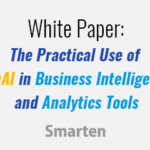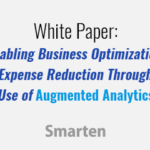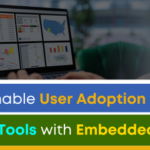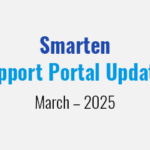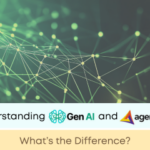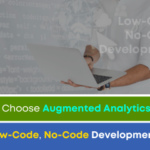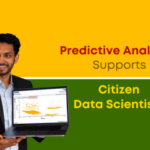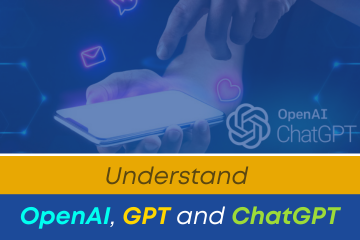
It is difficult to avoid the discussion of Artificial Intelligence (AI). Today, the buzz is everywhere; in trade publications, in the media and on the news. Probably the most frequently discussed aspect of AI development is the ChatGPT revolution.
Technology research firm Gartner recently estimated that the market for AI software will be nearly $134.8 billion, with the market growing by 31.1% in next several years, and it is anticipated that AI growth will significantly outpace estimated software market growth.
While there is a lot of excitement surrounding the potential for AI, ChatGPT and other iterations, it is easy to get confused about the commonality and the differences among the various AI components and approaches.
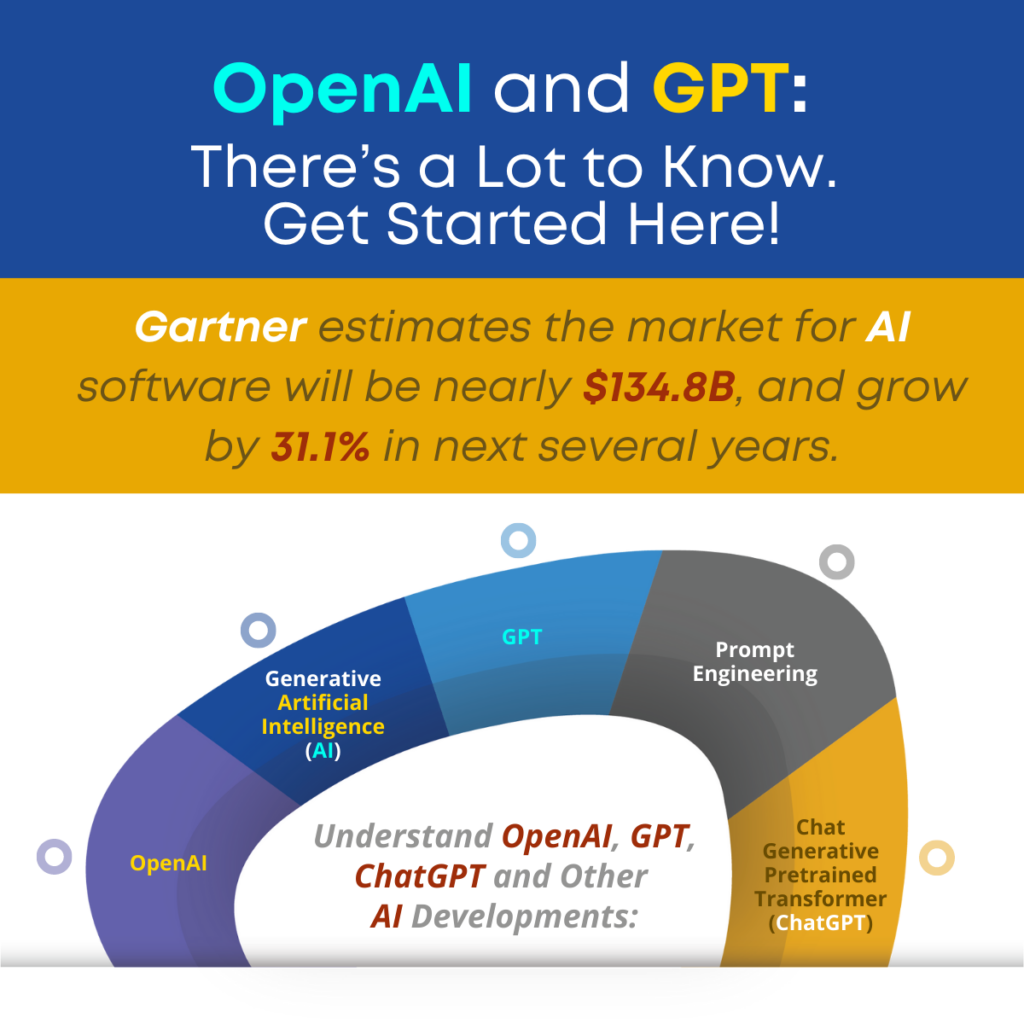
In this article, we discuss, define, and explain some of the most popular concepts in Artificial Intelligence, including GPT, GPT-4, Google BARD, and Microsoft’s Azure OpenAI.
OpenAI – Think of Azure’s OpenAI as the foundational entity for creating GPT models. It is based on Large Language Models (LLM) and was originated and funded by Microsoft. With time, other Large Language Models (LLM) have been developed, including GPT J and BARD, developed by Google. But right now, the clear market leader is OpenAI.
Generative Artificial Intelligence (AI) – A branch of computer science, involving unsupervised and semi-supervised algorithms that allow a system to create content in response to prompts, by repurposing content from text, audio, images and code.
GPT – Is based on a Large Language Model (LLM). As the foundation for ChatGPT and other developed solutions, GPT is now available in version 4. GPT can be used for a wide range of tasks and is well-suited for language translation and content creation (as opposed to content repurposing). GPT models are open source so, as developers dive in to experiment with this technology, you can expect a lot of new offerings. One such offering is Google’s BARD, which we have mentioned above (see OpenAI). Benefits include customized and optimized models, data, parameters and tuning. This technology can be a valuable tool to automate functions and to generate ideas.
Prompt Engineering – This toolbox includes tools to create, tune and evaluate prompts for input and output. It must be integrated with business systems to leverage available data. This approach does demand skills, data curation, and significant funding, but it will serve the market for third-party, specialized models.
Chat Generative Pretrained Transformer (ChatGPT) – ChatGPT is a transformer, based on GPT. This is the most talked-about offering on the market today. It is specifically designed for chatbot applications. This is a commercial, service-based GPT Chat Bot solution, currently in use by Trip Advisor, Salesforce and others to automate routine tasks and to enhance communications to improve customer support and create marketing campaigns. Gartner stipulates that ChatGPT has limited differentiation and that the control range is limited. There is currently no available Application Programming Interface (API) for this offering. It is estimated that ChatGPT acquired more than one million users within the first week of its launch, and its market is expected to expand greatly.
There is a lot to know about Artificial Intelligence (AI) and the market is moving fast.
Artificial Intelligence (AI) and GPT have great potential and this technology is rapidly evolving. If your business wishes to leverage this potential today, it is crucial that your team understands the capabilities and limitations of the technology. With the right IT consulting partner, you can work with GPT in its current state to support your Digital Transformation (Dx) Strategy, and plan for the long-term as AI and GPT evolve. Explore our AI And GPT Articles Here. Contact Us to find out more.
Original Post : OpenAI and GPT: There’s a Lot to Know. Get Started Here!



